
First drive in the electric G: how Mercedes-Benz’s classic SUV takes to the road
Good things take time, and as the Mercedes G-Class has been around for 45 years, the classic off-roader has had plenty. It took nearly six years for Ola Källenius to fulfil the promise that Arnold Schwarzenegger wrested from his predecessor Dieter Zetsche at the presentation of the current model in Detroit in 2018.
After four years of development and individual slices of piecemeal PR information, the boxy electric SUV will be heading to dealerships after the summer holidays starting at 142,622 euros. It has a special status, as it is the first Mercedes not under the EQ marketing construct and thus rolls up as the classic G 580. And even the electric models’ LED grille has been removed to appeal to traditionalists.
The G-Class has little more in common with the EQE or EQS than the charging plug. According to chief developer Fabian Schossau, this is because simply grabbing something off the shelf doesn’t work if you want to stay true to the G-Class. Since a G-Class without a ladder frame is no longer a G-Class, Schossau had to design a new battery, which is now sandwiched between the steel struts, protected against stones and impacts from below with an almost three-centimetre-thick composite fibre plate.
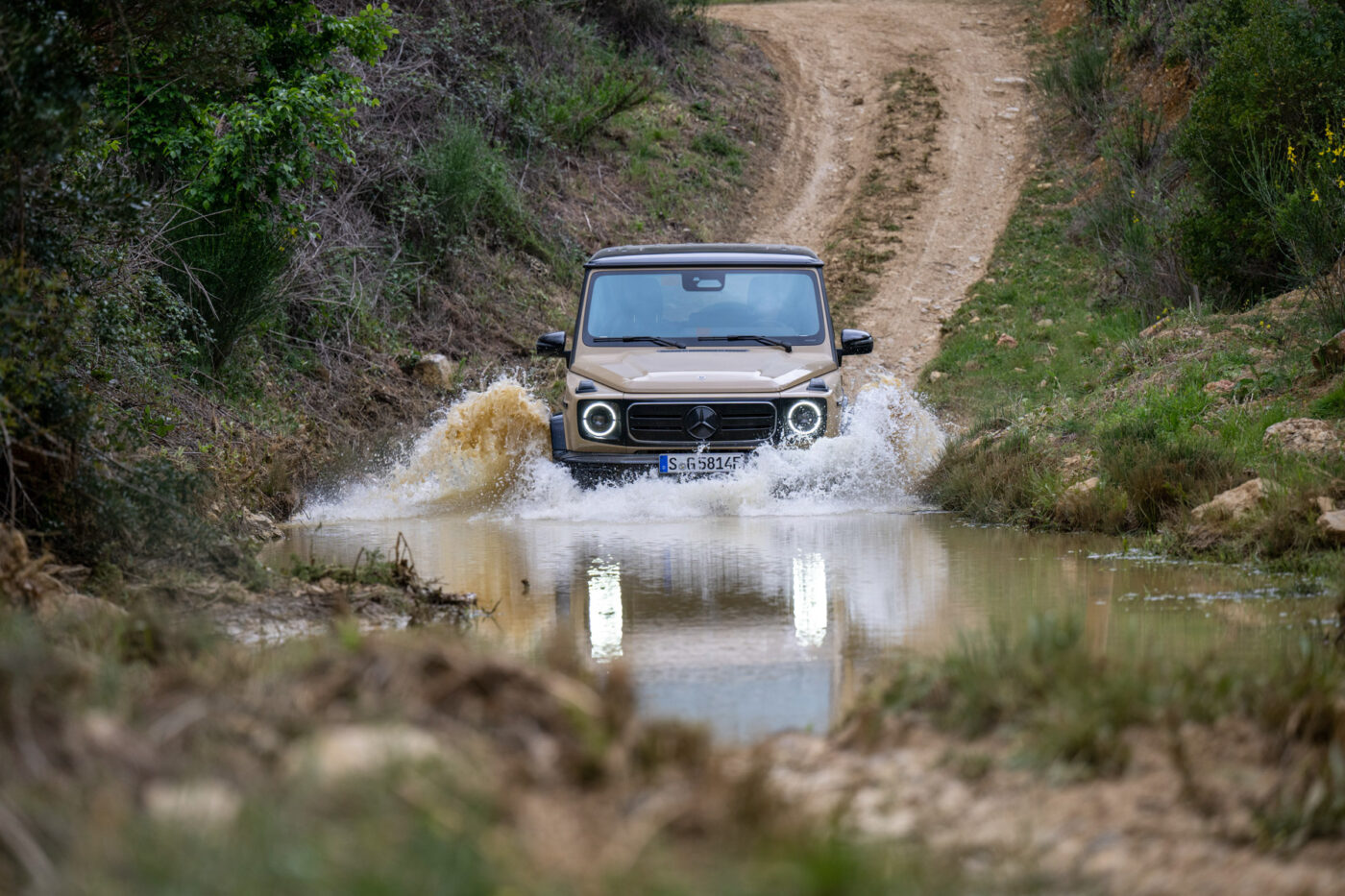

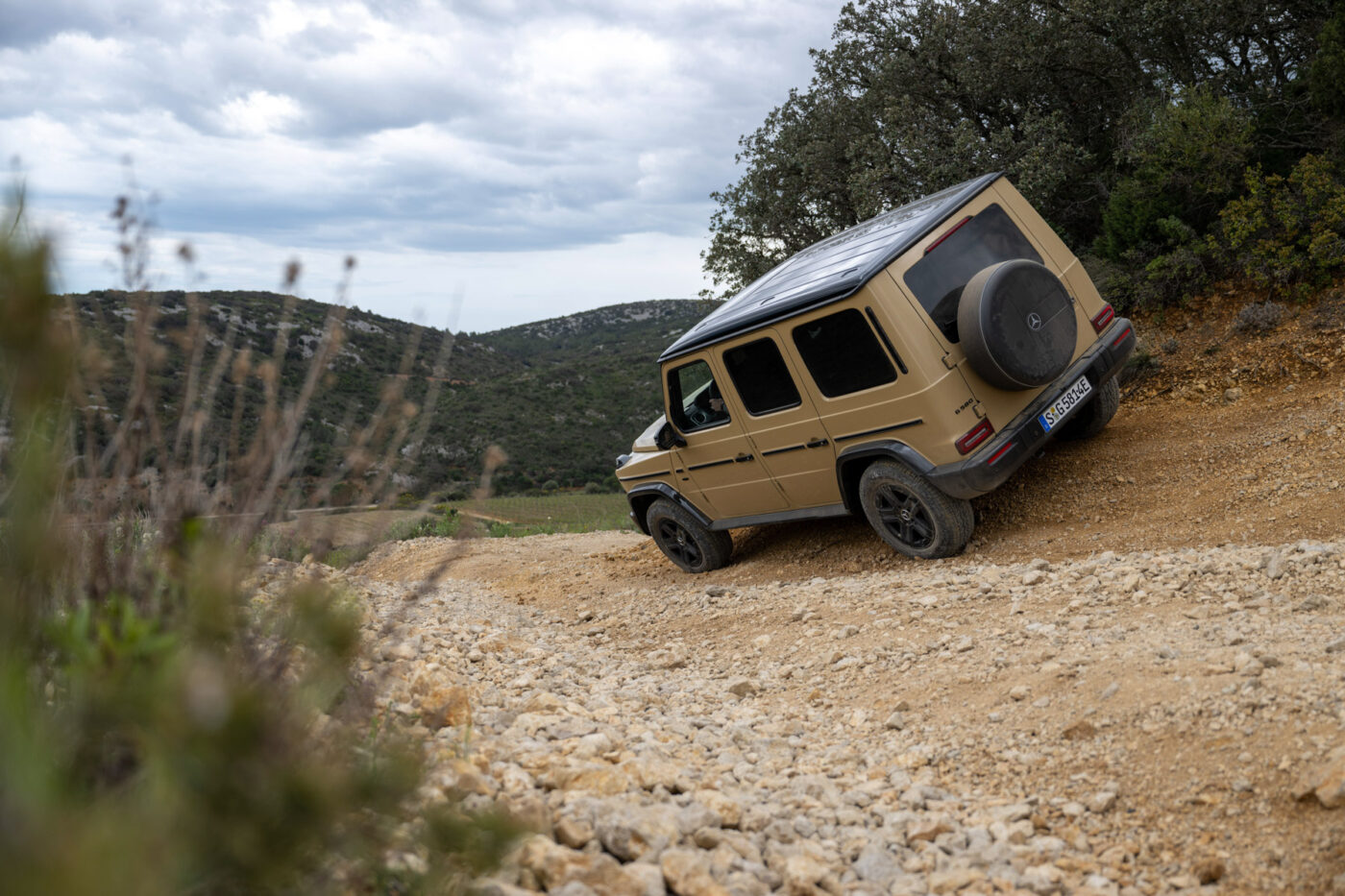
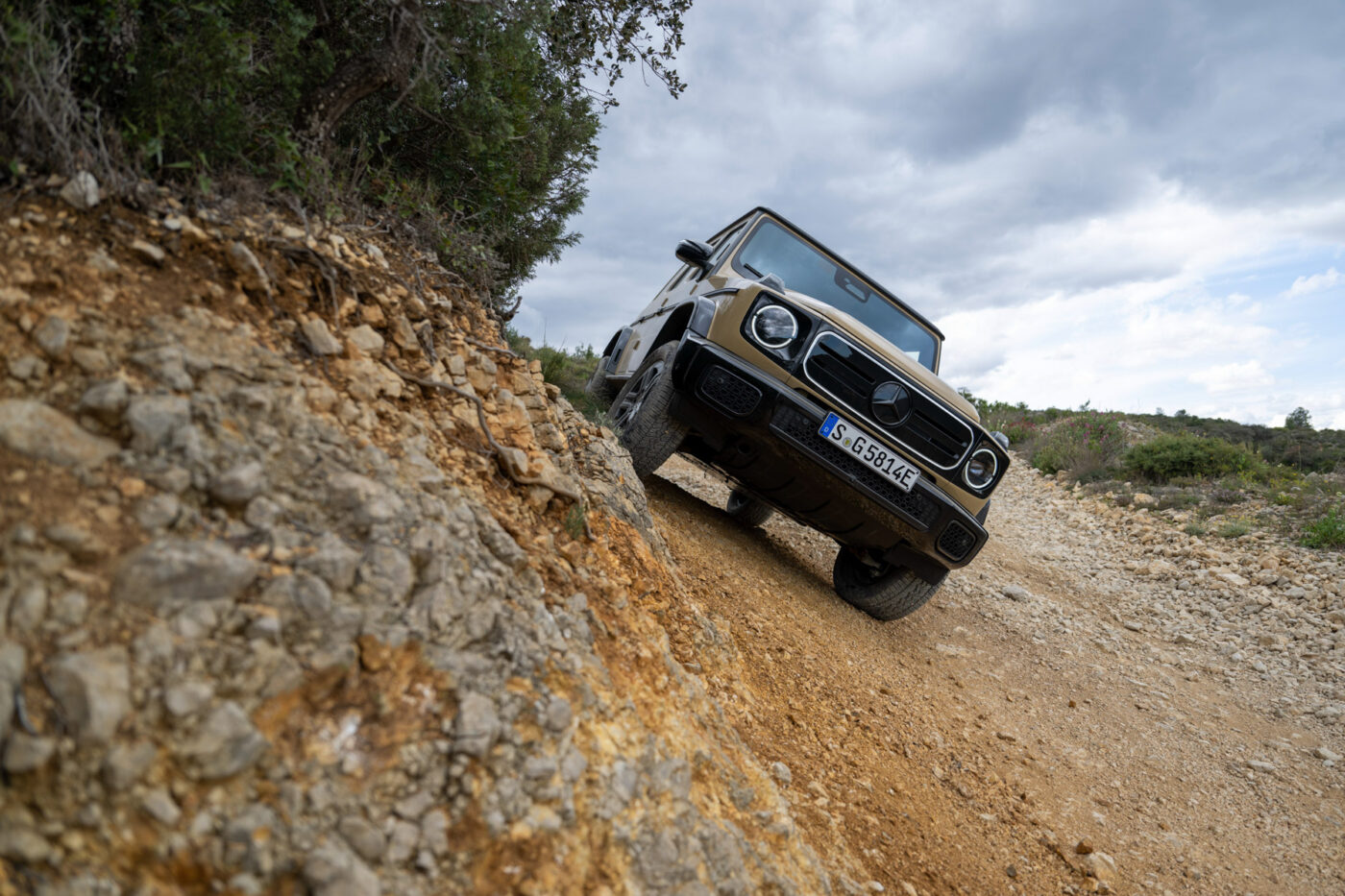
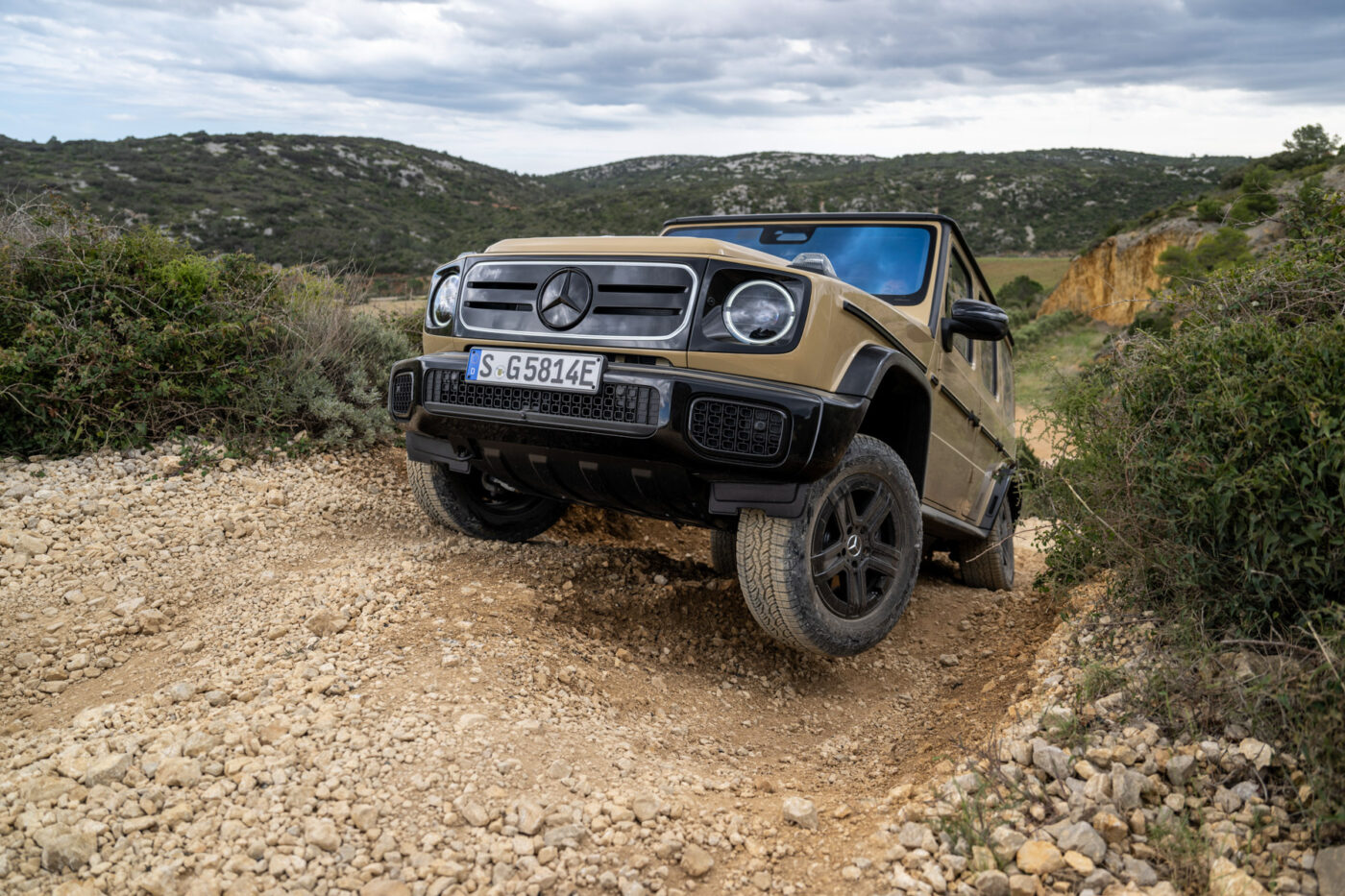
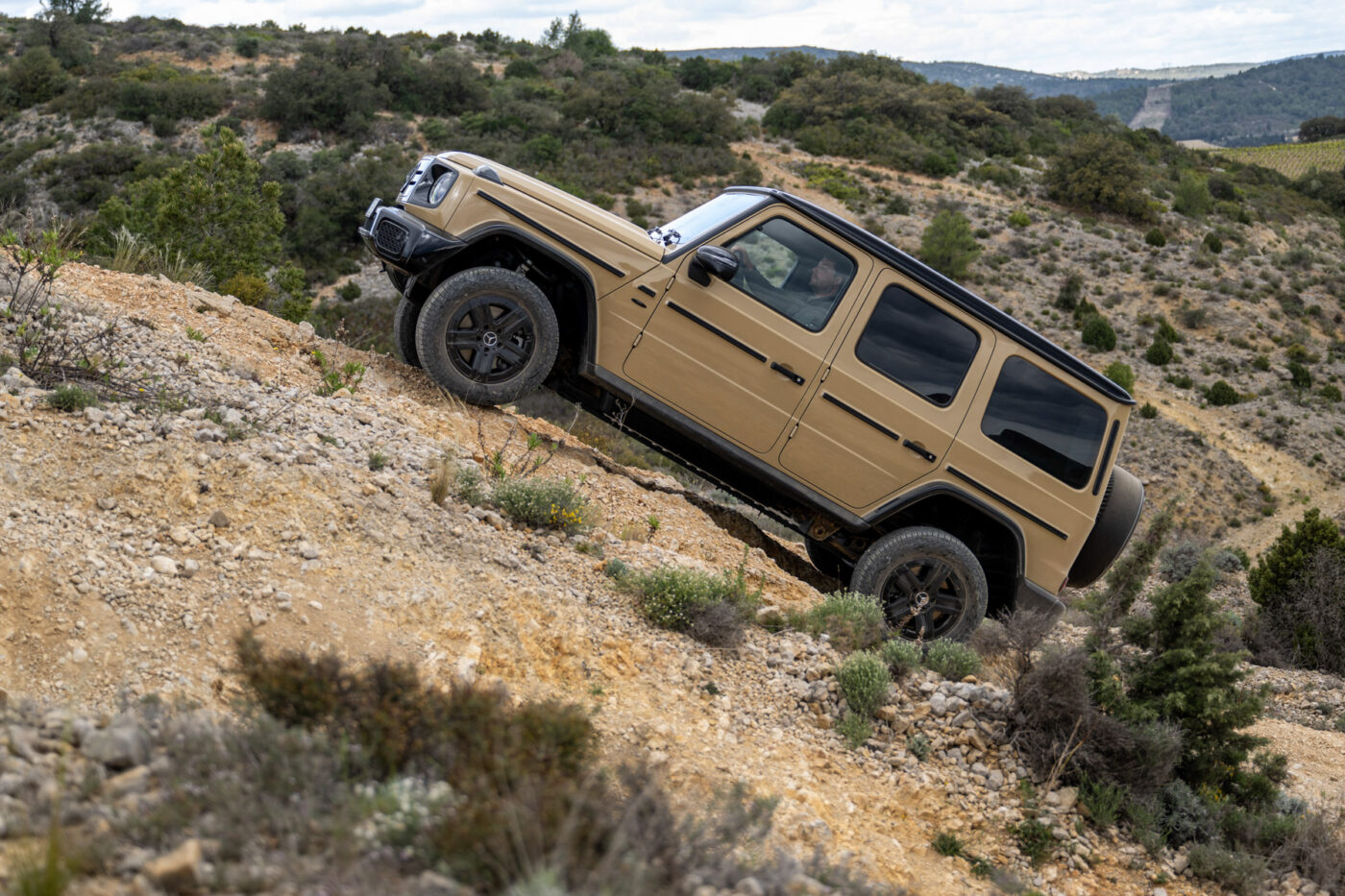
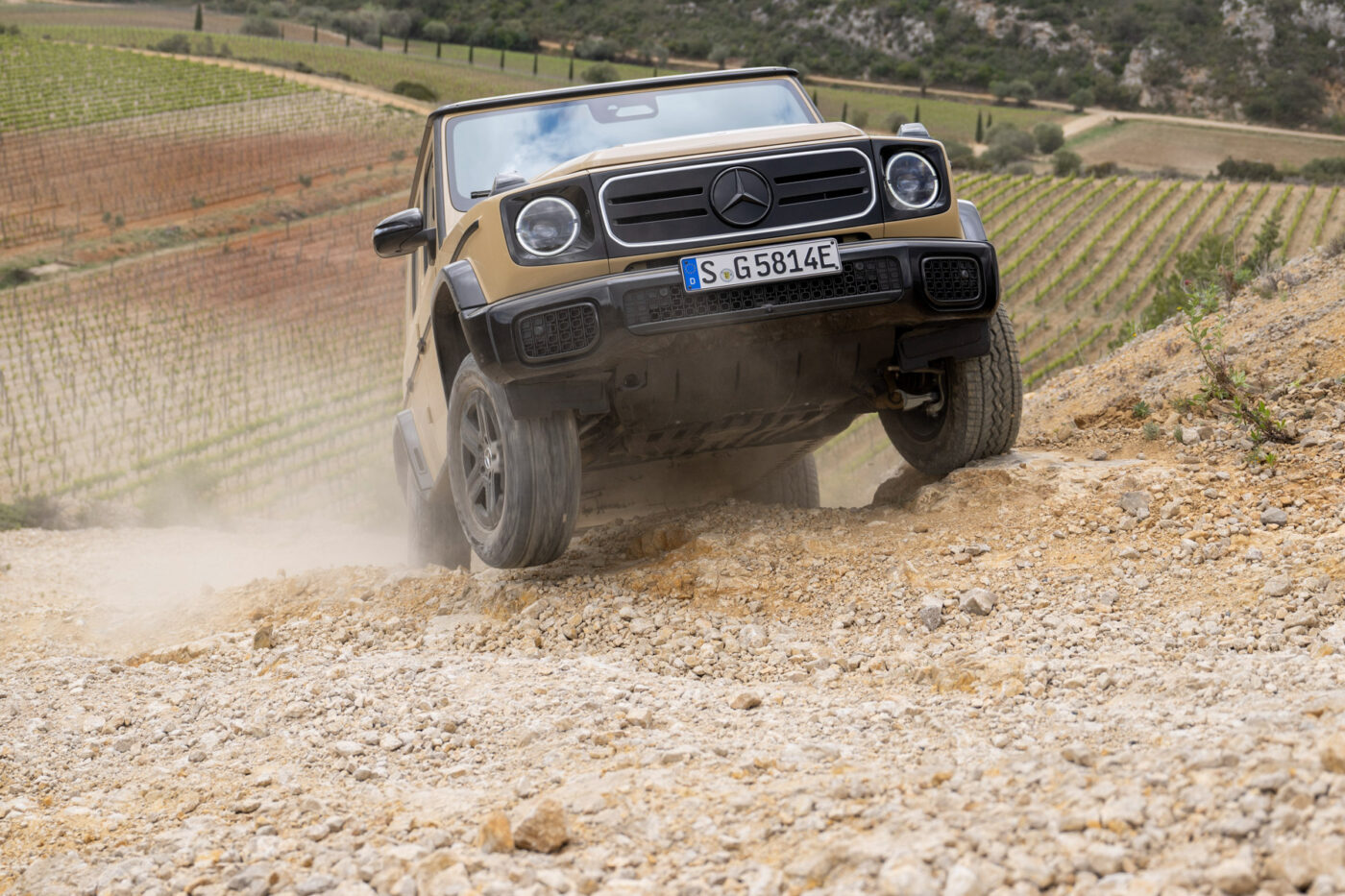

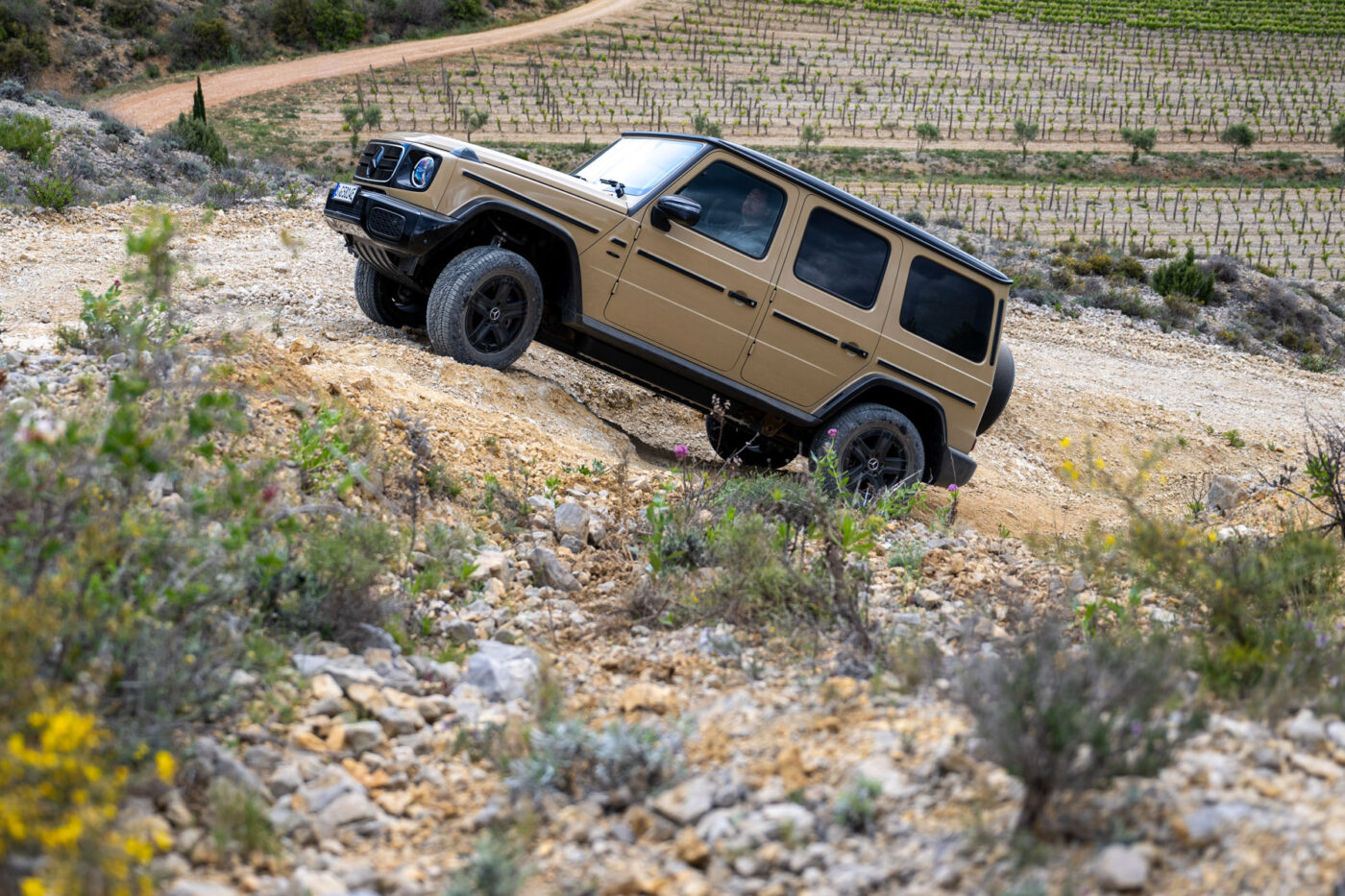

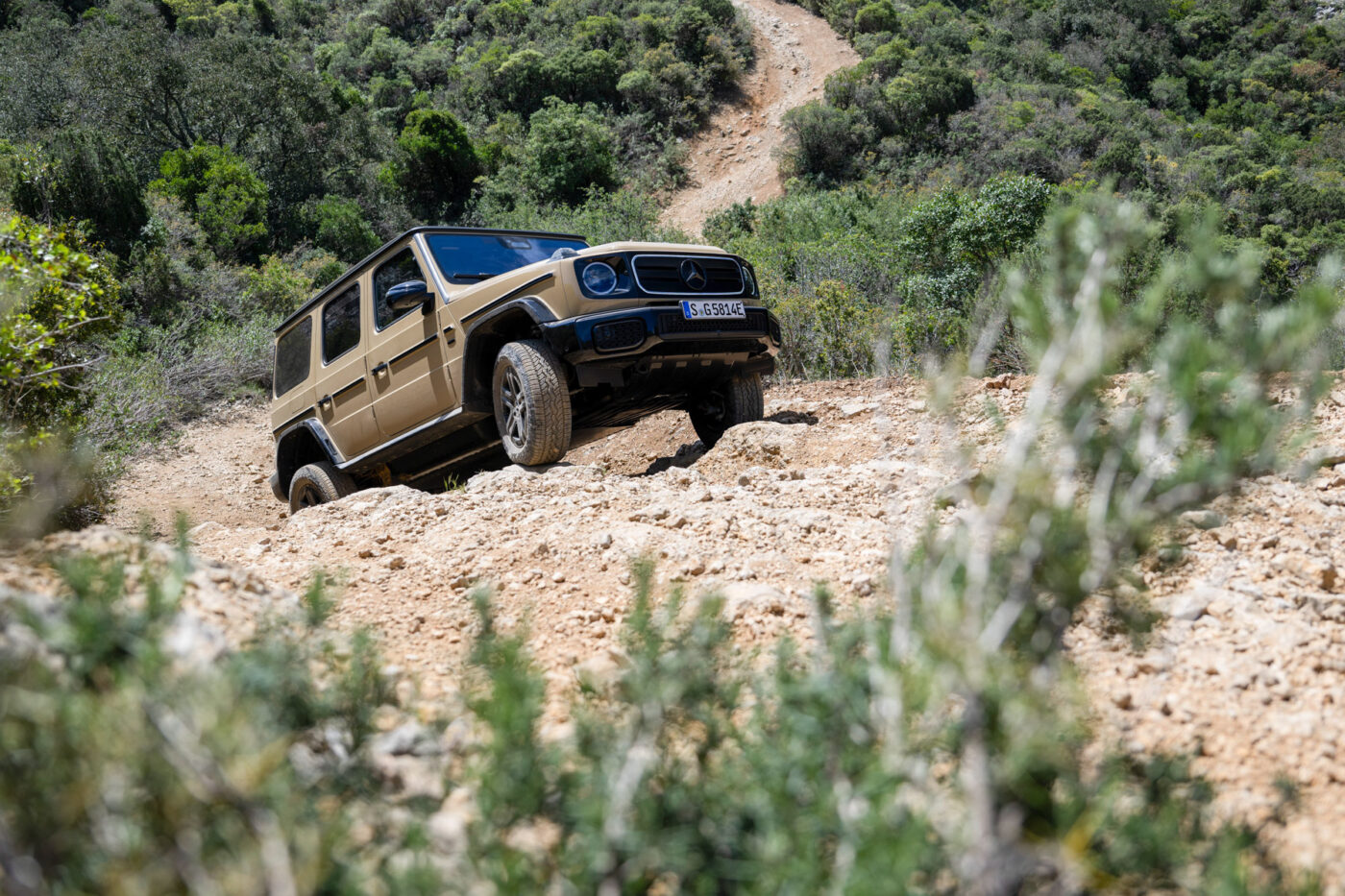


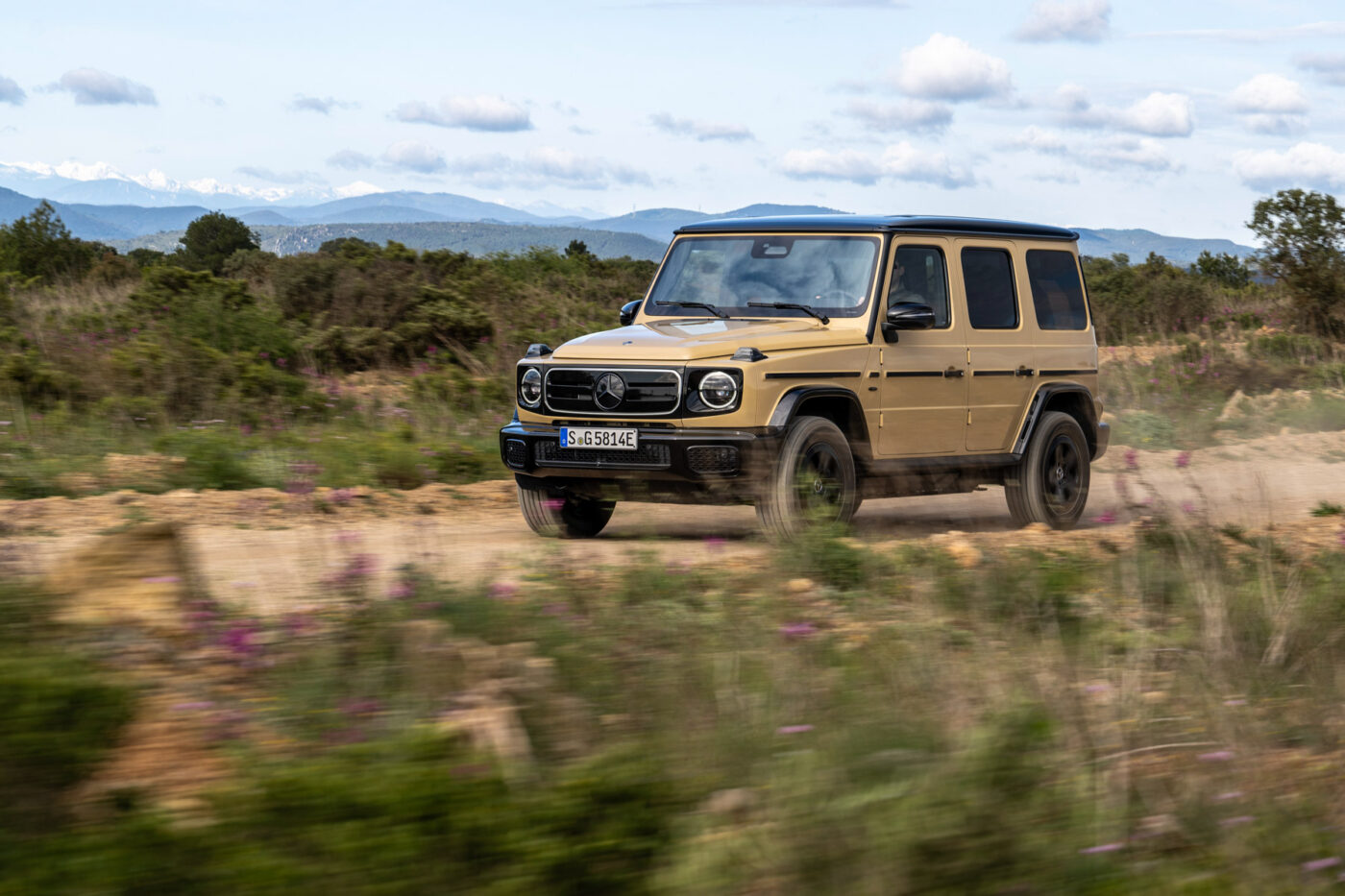
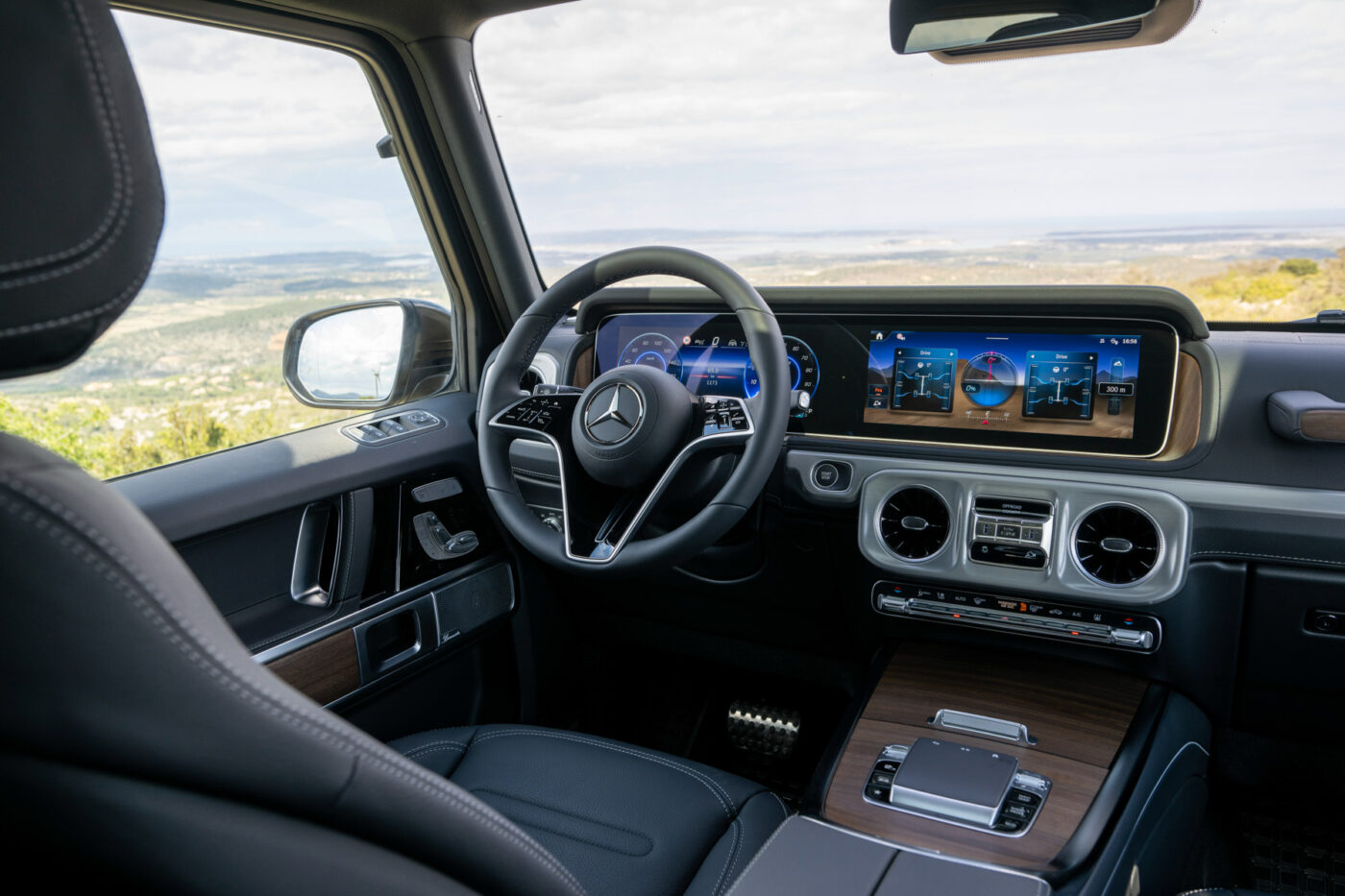
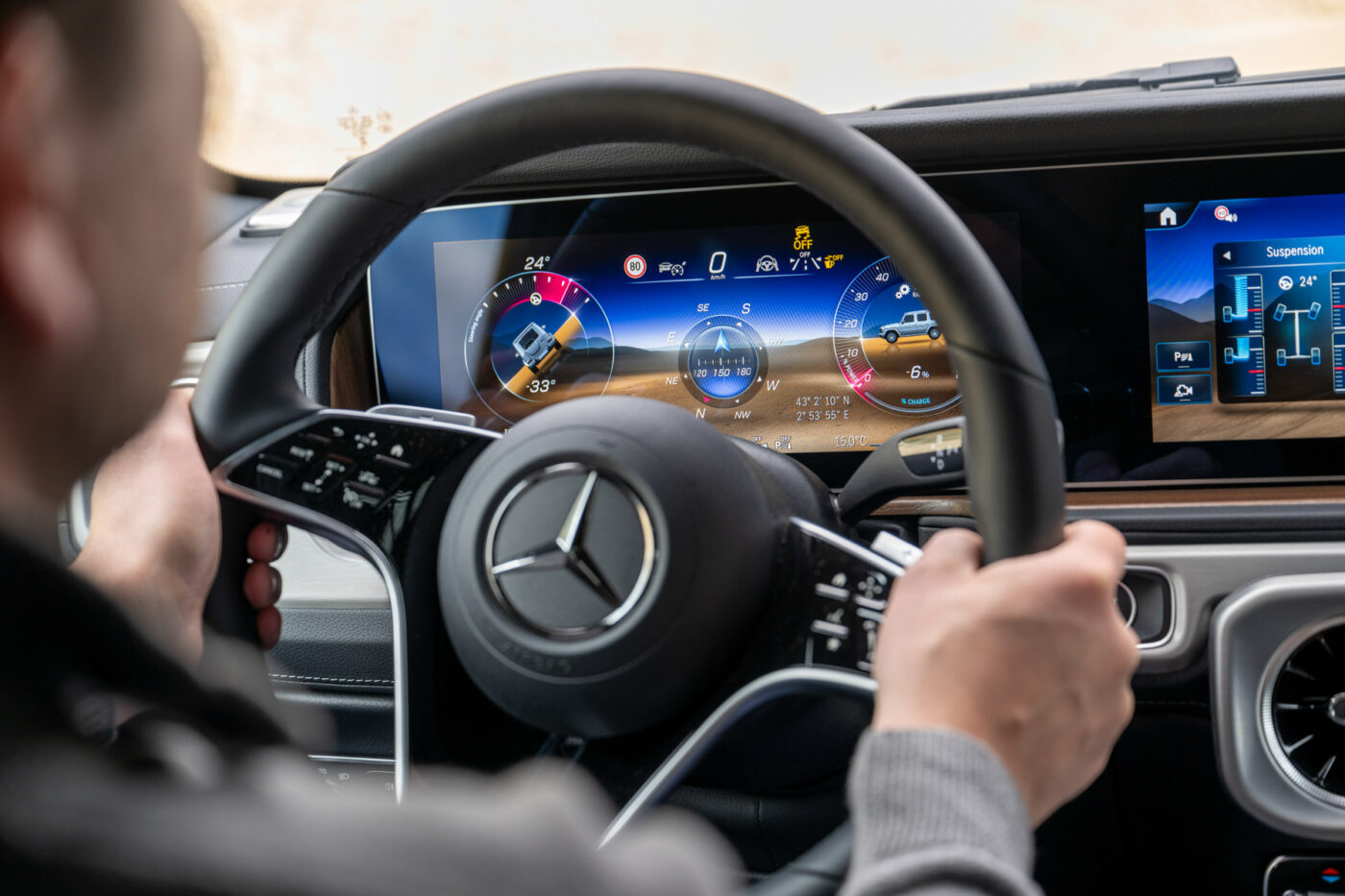
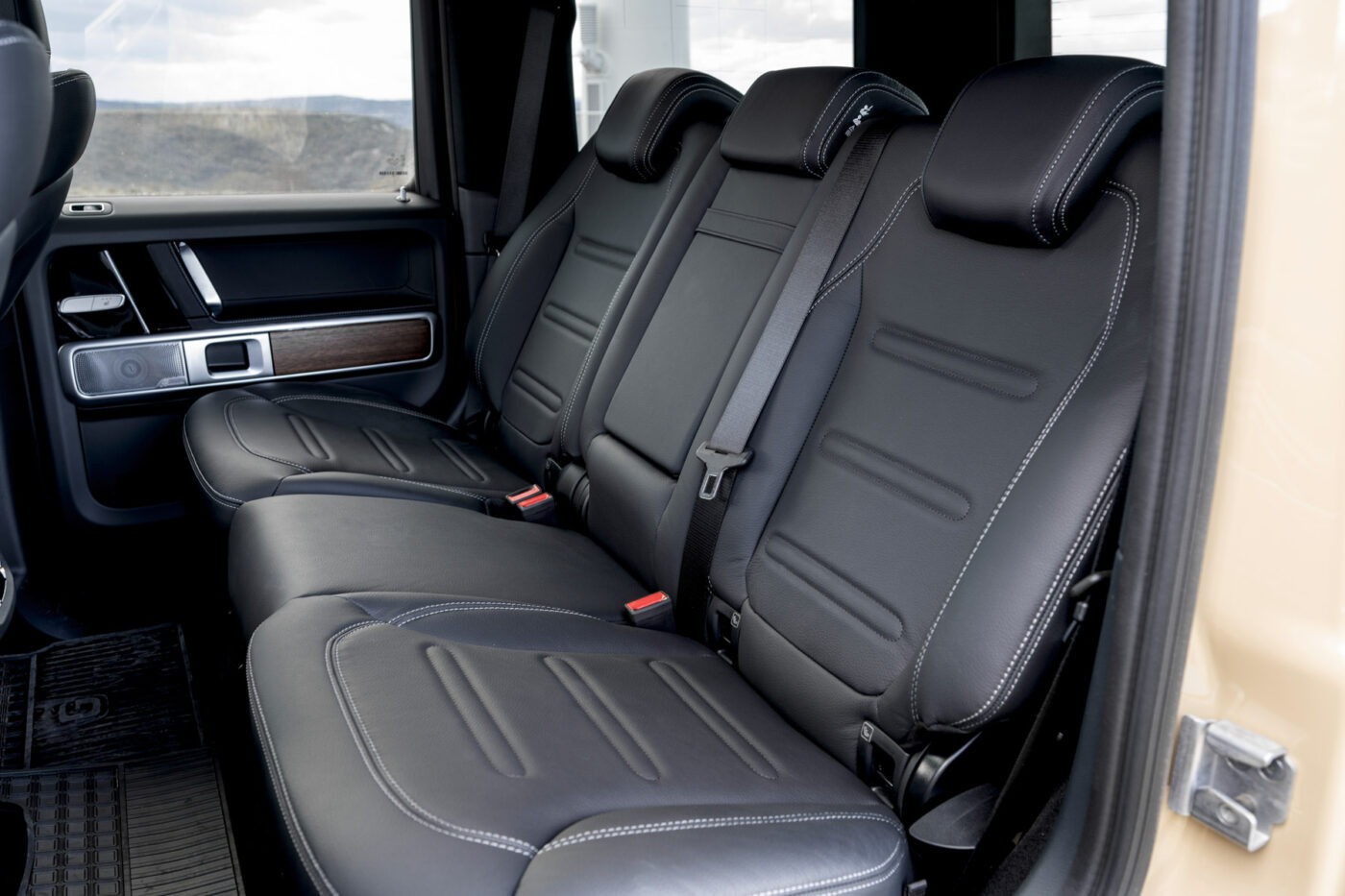
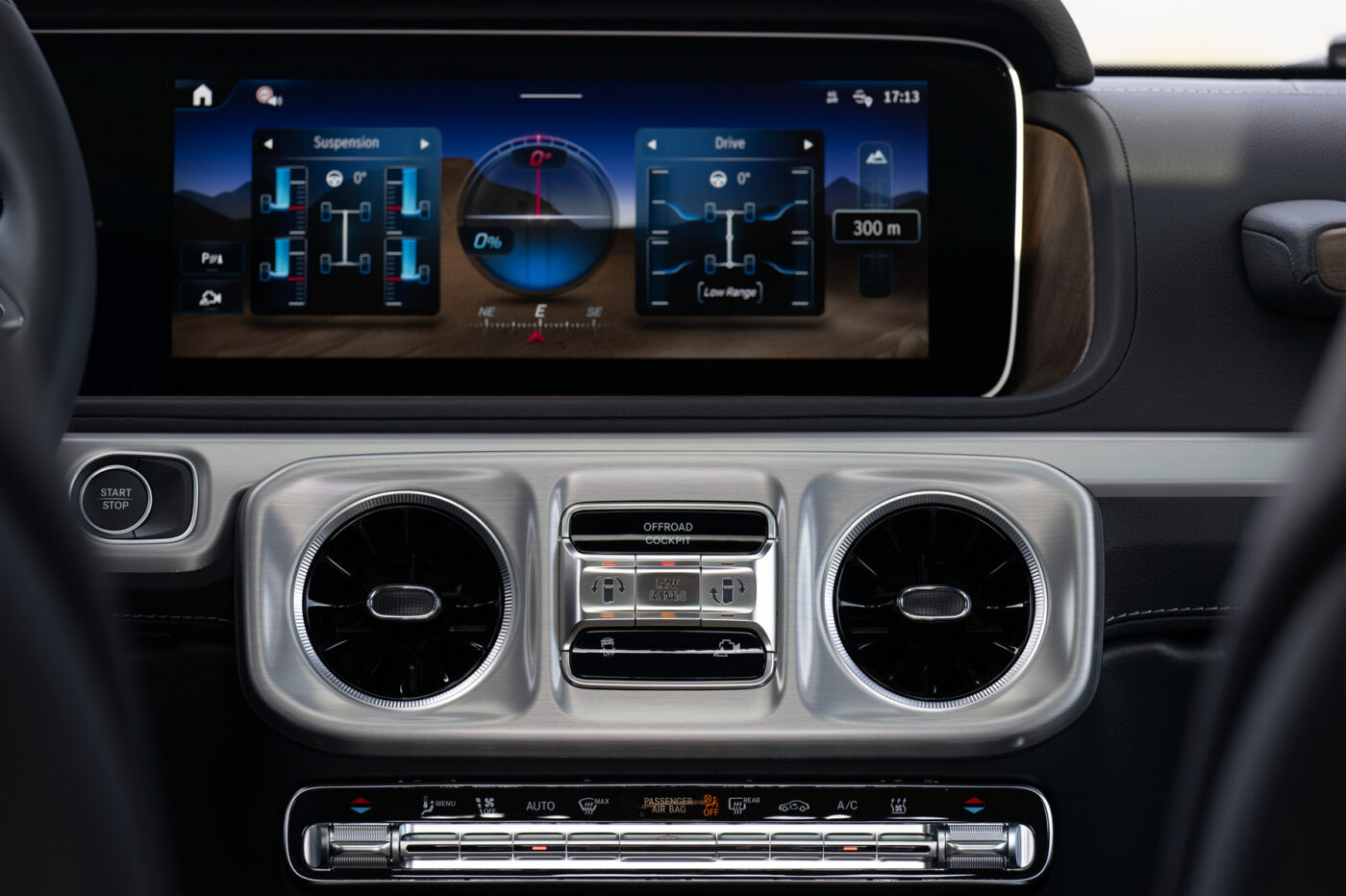
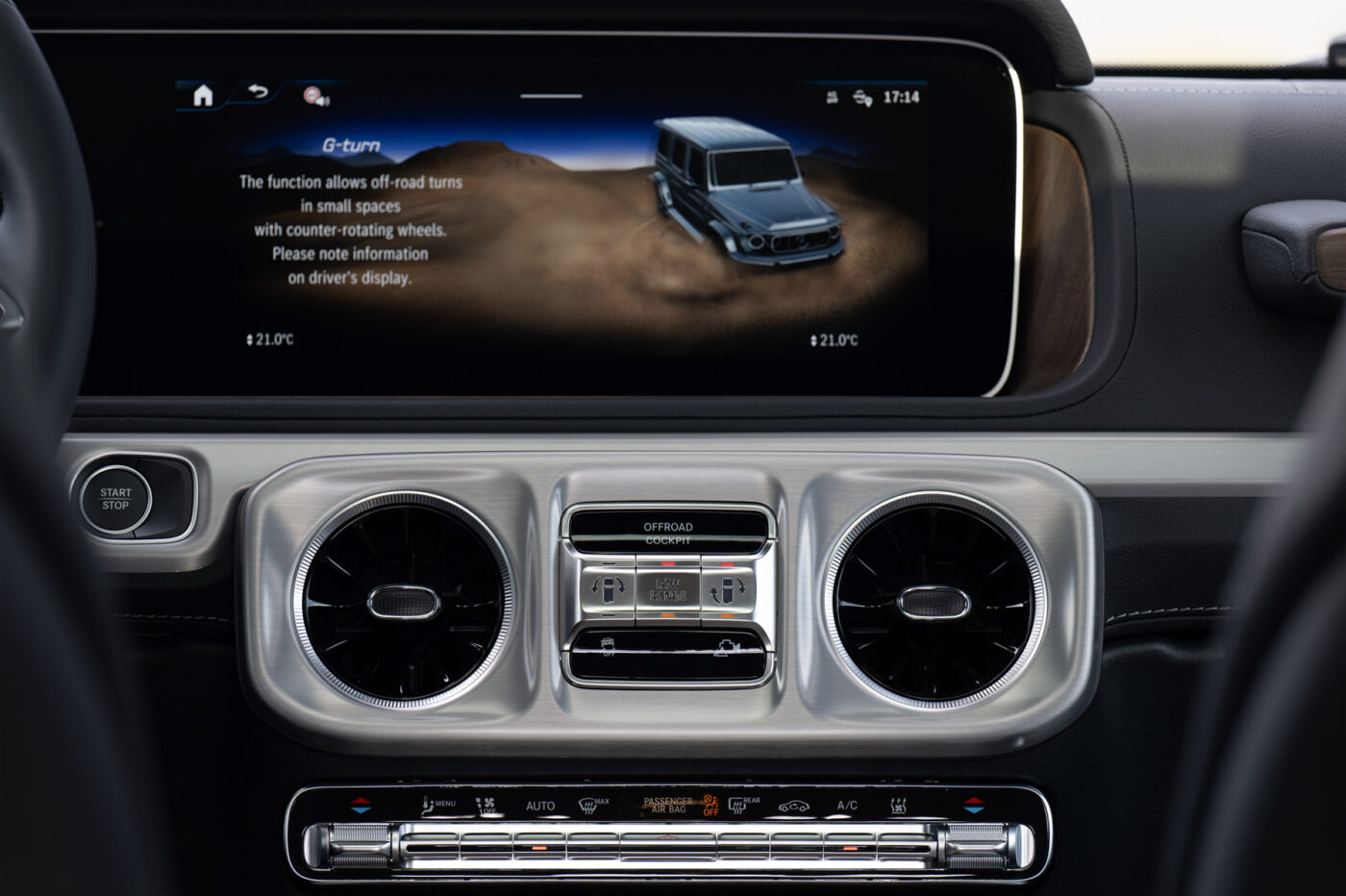
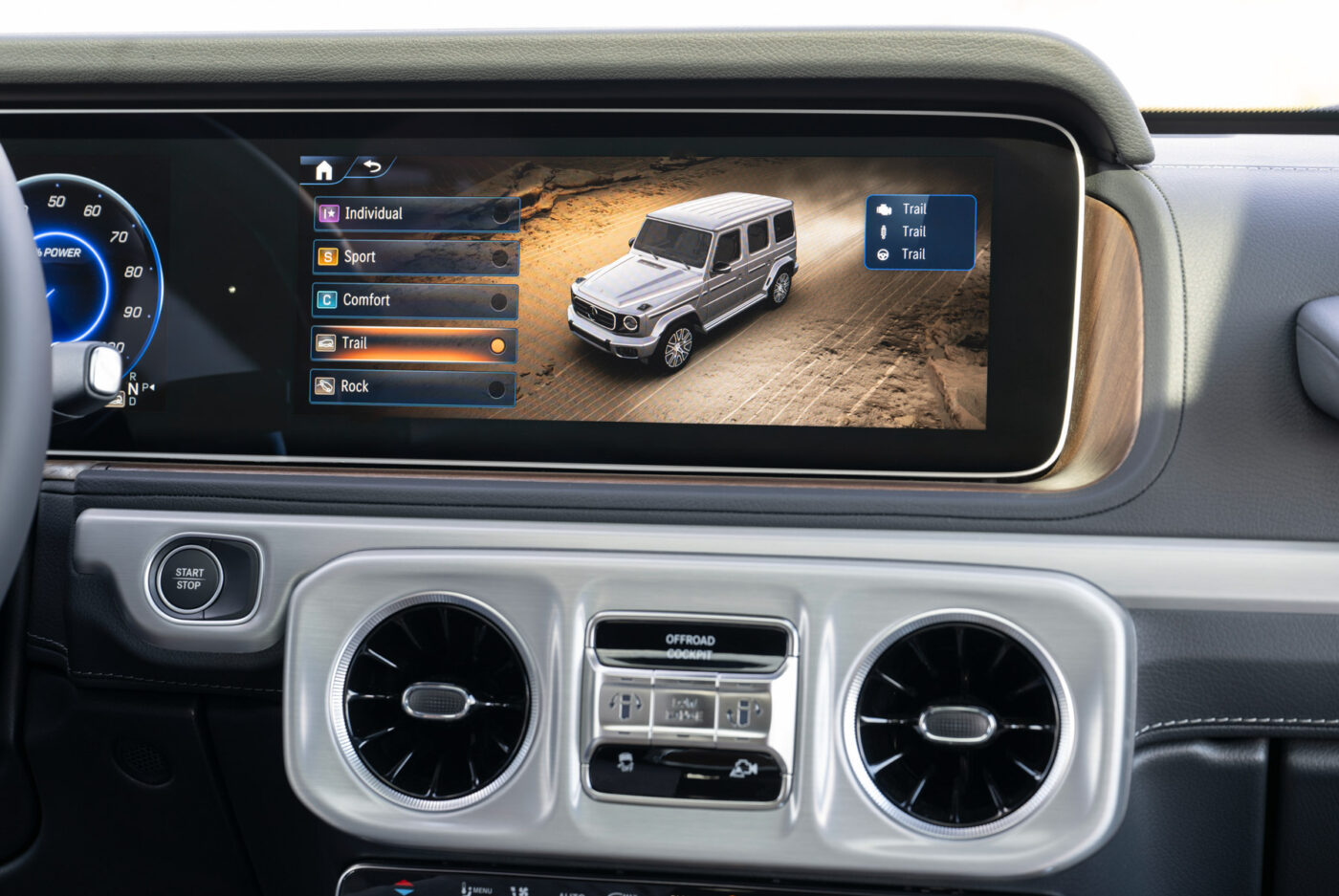
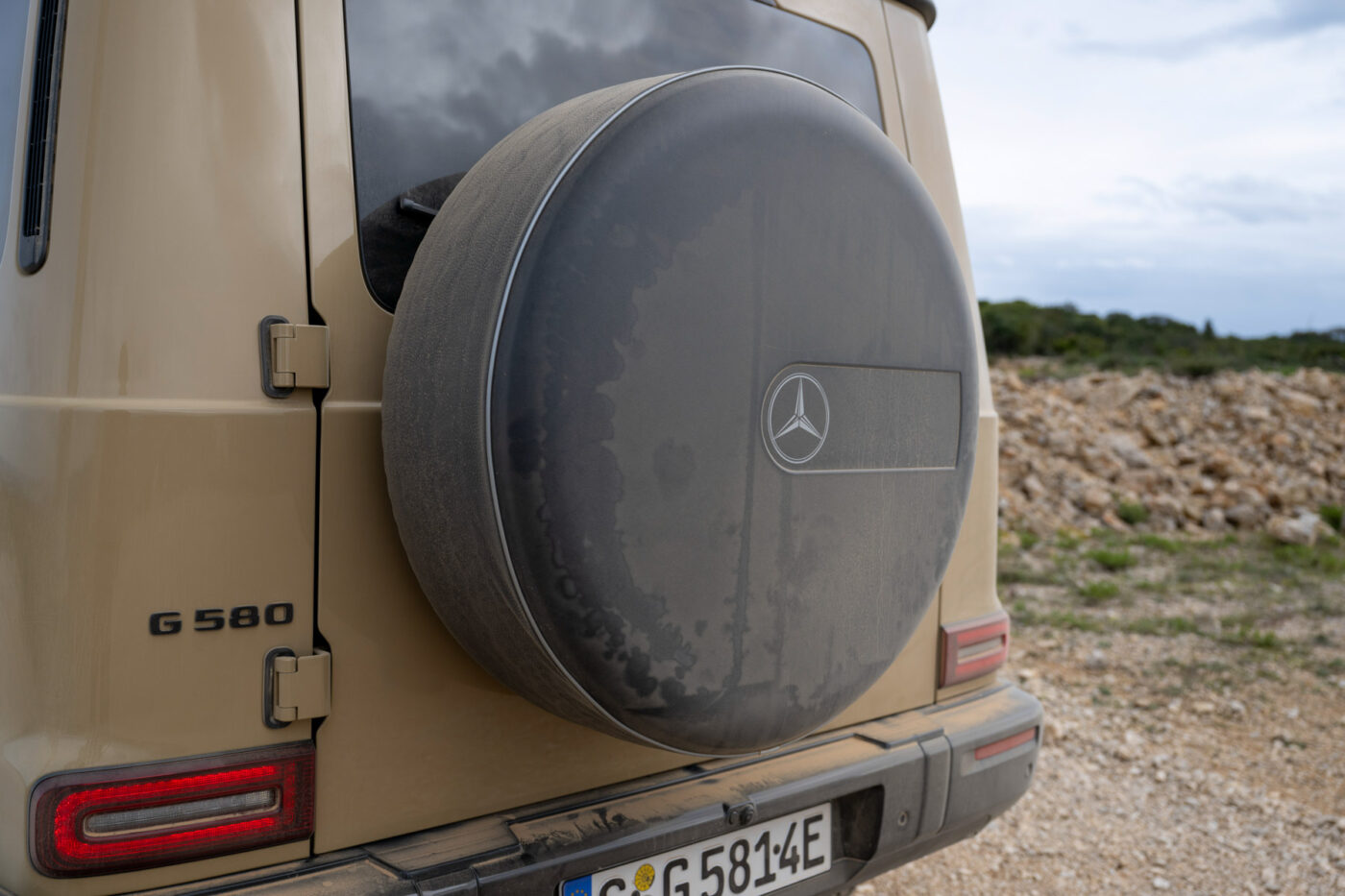
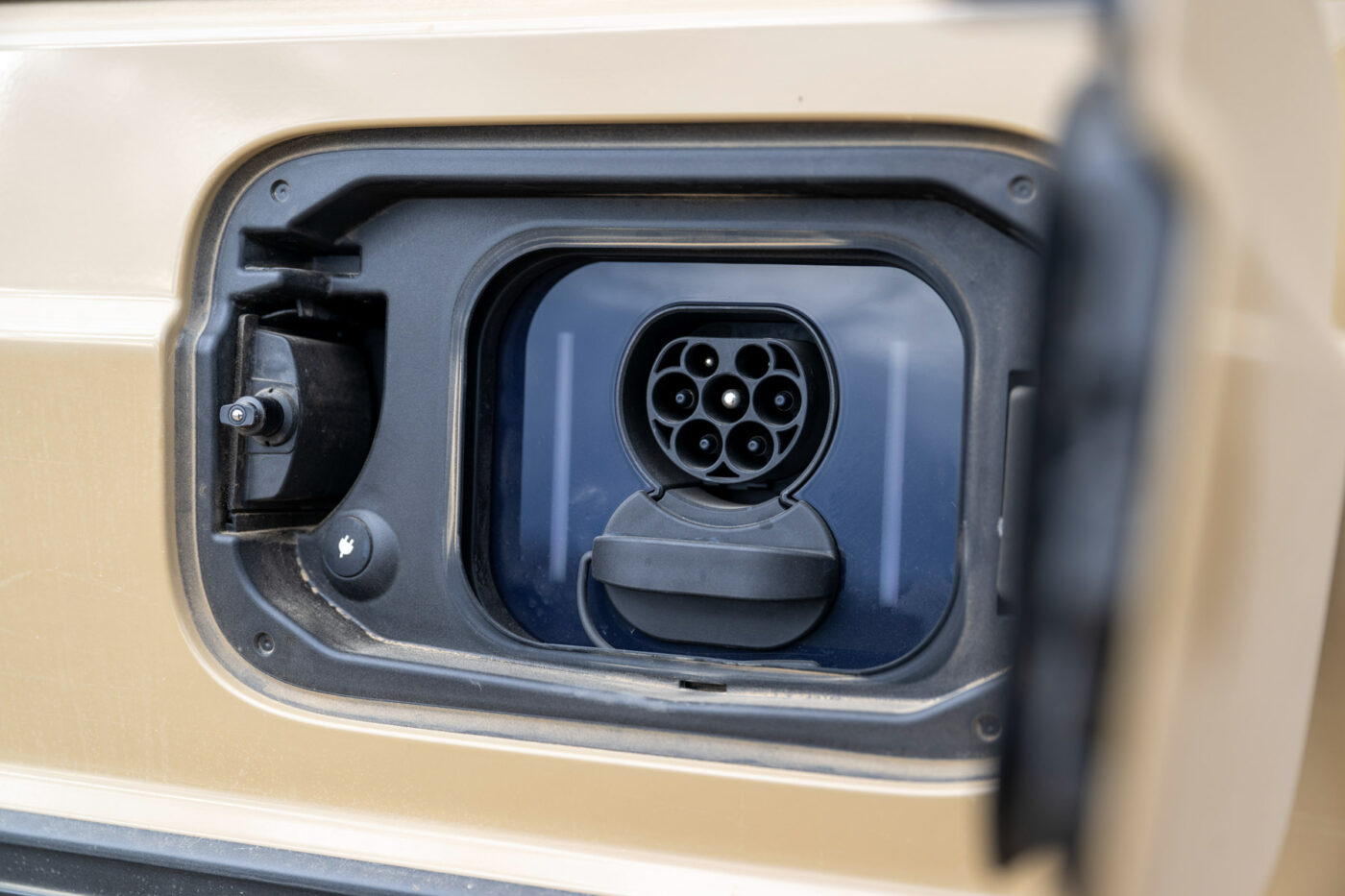
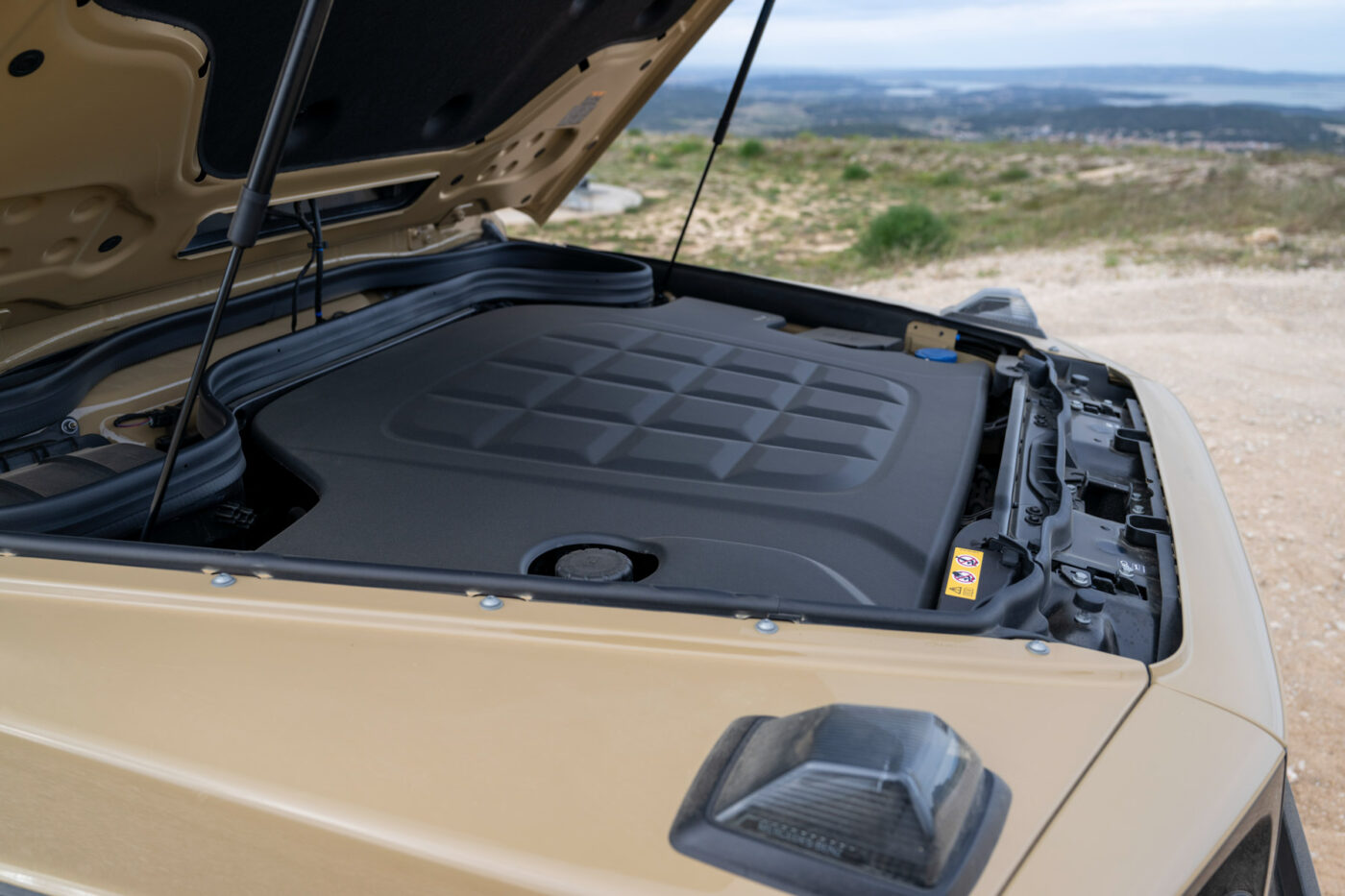
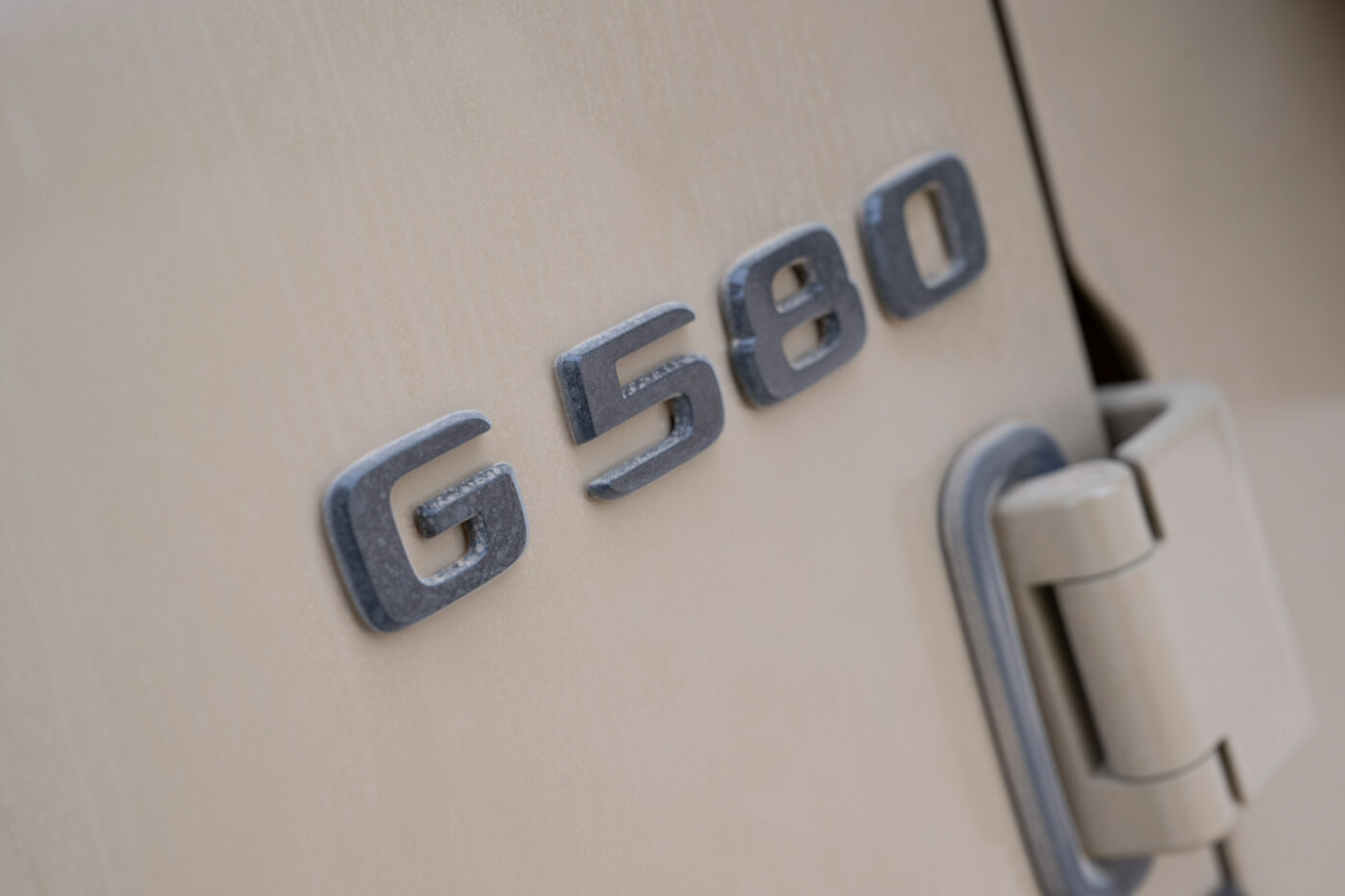
The rigid axle at the rear is also not compromised and certainly not the off-road reduction. That is why there are four motors, which work independently of each other and each of which also has a two-stage gearbox so that the off-roader does not have to struggle through the terrain at painfully low engine speeds.
The design effort is enormous, and only very few customers will genuinely appreciate it. But those who actually venture off-road with the G 580 will experience the G-Class as an old-school off-roader with a new design. It scrambles up stony inclines without any restrictions, which would take the breath away from any pedestrian, only to crawl down the steepest hills in a controlled manner afterwards. It is not afraid of slopes, rocks or water. Where the combustion engine stops at a depth of 70 centimetres, the electric G can wade through up to 85 centimetres of water, even if the batteries and drive have long since been submerged.
So, is it business as usual with the G when travelling off-road? Almost. Instead of roaring, the electric G-Class is naturally whisper-quiet. You can even leave the back and forth between the accelerator and brakes to the new G-Crawl function, which drives the square vehicle from Graz over hill and dale like an off-road cruise control.
While this autopilot is still a useful feature, developers have also allowed themselves to be tempted by two rather dubious functions. To reduce the turning circle and increase the fun of drifting, the outer wheels turn faster than the inner wheels in tight bends, literally lifting the rear end around the bend. If you have even less space or want to put on even more of a show, you can use the G-Turn and counter-rotating wheels to turn on the spot like a tank and turn the G-Class into a humming top. YouTubers won’t be the only ones to love this trade – the tyre industry will, too.
The electric G-Class not only offers a fascinating mix of familiar experiences and new adventures off-road. The squared vehicle also feels a little different on the road. The four motors achieve 432 kW and 1,164 Nm, putting it on par with an AMG model. The fact that the car can accelerate from a standstill to 100 kph in 4.7 seconds will not surprise anyone. And at 180 kph, it is just as fast as the G 500. However, while you have to raise your voice in dialogue with the passenger in the combustion engine models once you pass the town sign and almost have to shout on the motorway, conversations here are still possible at conversational volume, at least on country roads. The added fact that the electric motors decelerate powerfully when recuperating is also a nice feeling with such a powerful car.
| G 580 with EQ technology | |
|---|---|
| Drive | AWD |
| Power | 432 kW |
| Torque | 1,164 Nm |
| Acceleration | 4.7 s |
| Top speed | 180 kph |
| WLTP range | 473 km |
| Battery capacity | 116 kWh |
| Charging capacity DC | 200 kW |
| Charging time DC 10-80% | 32 min |
| Price | 142,621.50 euros |
Only beyond 120 kph does the wind noise make the dialogue more difficult. Because even if Mercedes raised the bonnet a little and cut special slots in the wings for the air curtain in front of the tyres, a steel cube is no airflow miracle, admits chief engineer Schossau. That is why the G 580 is anything but a range miracle, and the battery, which is cooled with three layers, is empty after 473 standard kilometres, even in the best-case scenario. As with the EQS, it can be charged with up to 200 kW DC, which is still reasonably competitive. Only at the wallbox does the electrified dinosaur return to the Stone Age and has to make do with 11 kW. You have to call it an early night if you want to start the next day with a full battery.
Mercedes stayed true to the essence of the G-Class with the G 580. Even if it was as difficult as squaring the circle or, in this case, squaring the square, this car is first and foremost a G-Class and only then an electric vehicle. However, the developers still had to make painful compromises in one discipline. To ensure that the almost 3.1-tonne monster can still be driven with a regular driving licence, not only is its payload limited to a modest 400 kilos. Moreover, the G 580 is also the first G-Class in 45 years not allowed to tow a trailer.


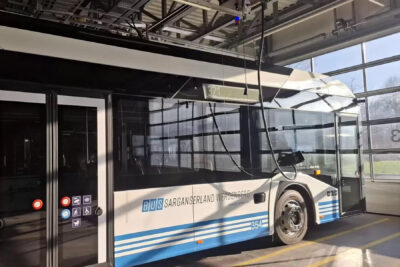

0 Comments